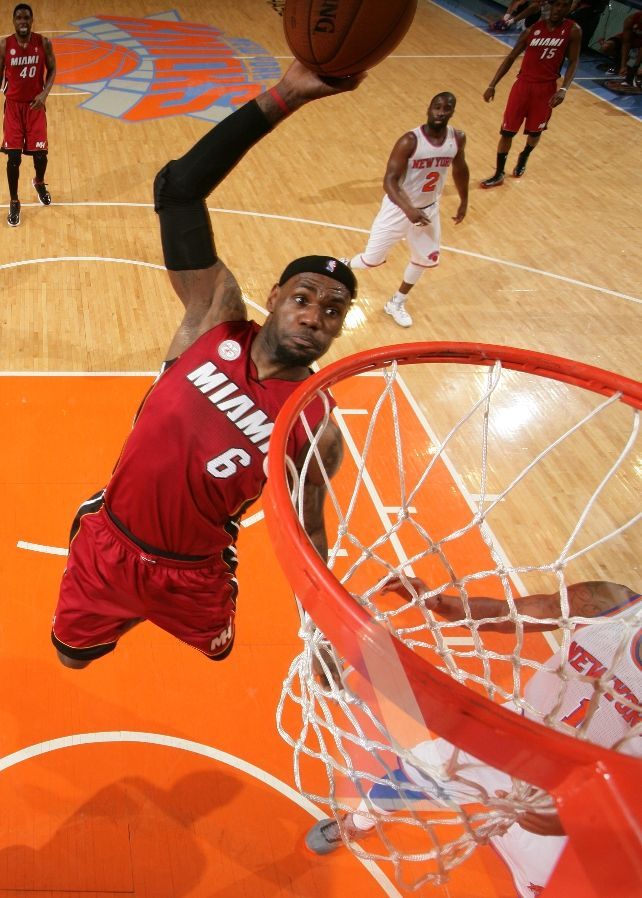In the dynamic world of basketball, few plays are as pivotal as the rebound. A rebound occurs when a player retrieves the ball after a missed field goal or free throw attempt. It’s a critical aspect of the game that can shift momentum, create scoring opportunities, and determine the outcome of tight contests. Understanding what a rebound is and how it influences basketball strategy is key for players, coaches, and fans alike.
Introduction to Rebounding
A rebound in basketball refers to the act of gaining possession of the ball after a missed shot. This simple concept is fundamental to the game’s flow and strategy. Teams that dominate the boards often control the pace of the game and increase their chances of winning. Whether it’s grabbing an offensive rebound to keep the possession alive or securing a defensive rebound to spark a fast break, rebounding plays a central role in both offensive and defensive success.
Types of Rebounds in Basketball
Offensive Rebound
An offensive rebound occurs when a player recovers the ball after a teammate’s missed shot. These rebounds are crucial as they provide an additional opportunity to score without the opposing team gaining possession. Players like Dennis Rodman and Tristan Thompson have made careers out of excelling in offensive rebounding, showcasing how vital this skill can be to a team’s success.

Defensive Rebound
A defensive rebound happens when a player retrieves the ball after an opponent’s missed shot. This type of rebound is often more common and plays a key role in starting fast breaks and transitioning from defense to offense. Securing defensive rebounds is essential for maintaining control of the game and limiting the other team’s scoring chances.
Rebounding Rules and Regulations
According to official basketball rules, any player is eligible to rebound the ball once it hits the rim or backboard following a shot attempt. However, there are specific guidelines in place to ensure fair play. For instance, players must not make illegal contact (such as pushing or holding) while attempting to secure a rebound. Violations like “over-the-back” fouls or illegal box-outs are commonly called during rebounding battles, especially in high-stakes games. Understanding these rules is crucial to avoiding turnovers and fouls that can hurt a team’s chances.
Techniques for Effective Rebounding
Rebounding success is not just about height or athleticism—it heavily depends on proper technique. Mastering the fundamentals can significantly boost a player’s ability to control the boards. Coaches emphasize these techniques in practice to ensure players gain an edge over their opponents.
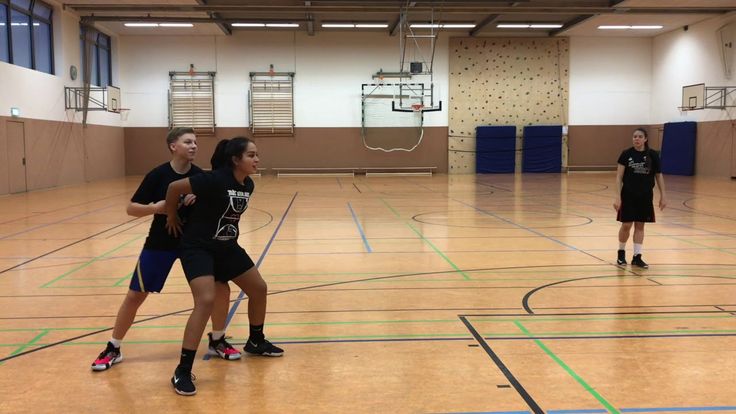
Boxing Out
Boxing out is the foundational rebounding technique. It involves using your body to shield an opposing player from the ball after a shot goes up. By establishing position between your man and the basket, you increase your chances of grabbing the rebound. Timing and footwork are crucial to executing this maneuver effectively.
Positioning
Where a player stands when a shot is taken often determines who secures the rebound. Anticipating where the ball is likely to bounce and establishing inside position can make all the difference. Smart players use angles and spacing to gain a rebounding advantage even if they’re not the tallest on the court.
Timing and Anticipation
A well-timed jump can outdo raw athleticism. Players who read the trajectory of the ball and time their jump accordingly are more likely to snatch the rebound. Anticipation also helps a player be one step ahead of their opponent during rebounding contests.
Jumping Mechanics
Proper jumping technique enhances a player’s ability to contest and win rebounds. This includes explosive takeoff, body control in the air, and strong hands for securing the ball. Rebounding drills often focus on vertical leap and timing to maximize this skill.
Key Skills Required for Rebounding
Rebounding is a multidimensional skill that combines physicality, awareness, and technical ability. While height can help, it’s the mastery of key skills that truly defines a great rebounder.
Strength and Physicality
To win battles in the paint, players need core strength and the ability to absorb contact. Muscular endurance and upper-body strength help maintain box-out positions and control the ball in traffic.
Court Awareness
Knowing where teammates and opponents are at all times enhances rebounding efficiency. Players with high court IQ can read plays, anticipate misses, and move into optimal positions before the shot even hits the rim.
Hand-Eye Coordination
Once the ball is up for grabs, quick reflexes and strong hands are necessary to snatch it cleanly. This is especially critical when multiple players are contesting the rebound simultaneously.
Agility and Balance
Staying on your feet and adjusting to unpredictable bounces requires excellent balance and agility. Players who can stay low and maintain control are more likely to grab contested boards.
Rebounding Statistics and Metrics
In modern basketball, rebounding performance is tracked using a variety of statistics. These metrics help coaches, analysts, and fans evaluate player impact on the glass beyond just the eye test.
RPG (Rebounds Per Game)
This basic stat measures the average number of rebounds a player collects per game. It gives a general sense of a player’s rebounding ability across a season or series.
Offensive vs Defensive Rebounding Percentages
Advanced metrics such as Offensive Rebound Percentage (ORB%) and Defensive Rebound Percentage (DRB%) calculate the share of available rebounds a player secures while on the court. These provide a deeper look into how often a player contributes to rebounding efforts.
Advanced Analytics
Rebounding Impact Rating, Rebounding Chances, and contested vs uncontested rebounds are some of the newer metrics used in professional analytics. These stats help quantify a player’s effort, positioning, and effectiveness in real-time situations.
Famous Rebounders in Basketball History
Some of the greatest players in basketball history earned their legacy through rebounding dominance. These athletes showcased how rebounding can be an art form, combining instinct, hustle, and technique to change the course of games.
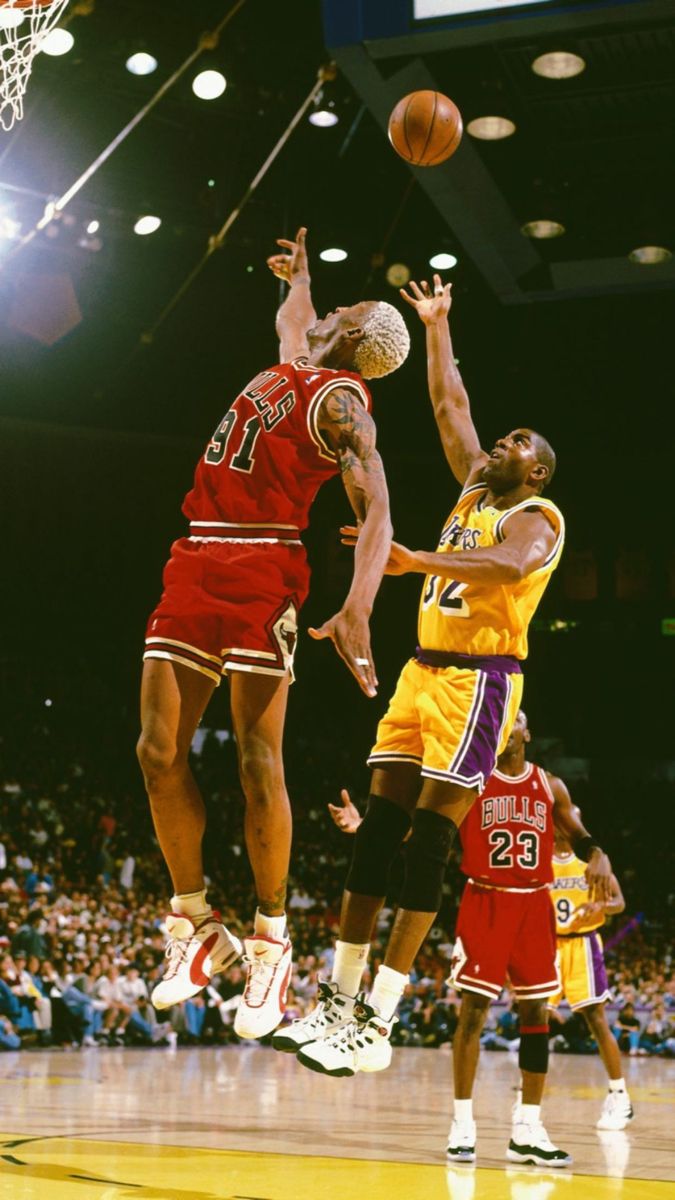
NBA Legends
Names like Dennis Rodman, Wilt Chamberlain, and Bill Russell are synonymous with rebounding excellence. Rodman, despite being undersized, led the NBA in rebounds per game for seven consecutive seasons thanks to his elite timing and effort. Chamberlain holds the record for most rebounds in a single game (55), and Russell’s defensive rebounding powered the Celtics dynasty of the 1960s.
WNBA and International Stars
In the WNBA, players like Lisa Leslie and Sylvia Fowles have made their mark as dominant rebounders. Internationally, athletes in leagues like EuroLeague or the Chinese Basketball Association (CBA) also emphasize rebounding, often producing fundamentally sound players who excel at this skill.
Importance of Rebounding for Team Success
Rebounding isn’t just about individual stats—it’s a team effort that significantly impacts a game’s outcome. Securing more rebounds generally means more shot opportunities, fewer opponent chances, and better control over the game’s pace.
Impact on Possession and Scoring
Every rebound essentially means an extra possession. Offensive rebounds can lead to second-chance points, while defensive rebounds prevent the opponent from scoring and initiate transition offense. Teams that consistently win the rebounding battle often lead in total shot attempts.
Psychological and Momentum Effects
Big rebounds—especially offensive boards late in close games—can energize a team and demoralize opponents. Momentum often swings in favor of teams that hustle for boards, as it demonstrates grit, effort, and determination that inspire teammates and fans alike.
How Coaches Train Players to Rebound
Coaches at all levels—from youth to pro—emphasize rebounding fundamentals during training. It’s often said that rebounding is about “wanting it more,” and this mentality is cultivated through targeted drills and discipline.
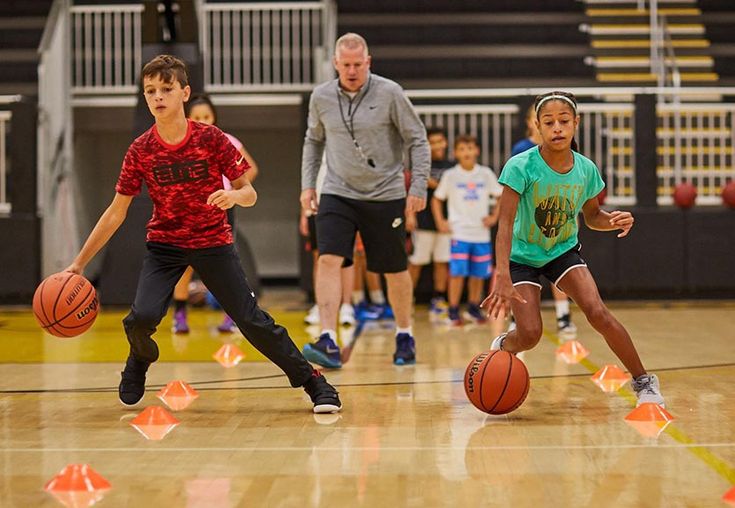
Drills and Practice Routines
Common rebounding drills include box-out contests, tip drills, and 2-on-2 rebounding battles. These help develop timing, positioning, and aggressiveness. Coaches also simulate game-speed rebounding situations to prepare players for real-time execution.
Emphasis Across Playing Levels
While pro players refine advanced rebounding techniques, youth and high school coaches focus on instilling the basics. College basketball places a strong emphasis on team rebounding, with guards often being held accountable for contributing on the boards just as much as big men.
Common Mistakes to Avoid When Rebounding
Even seasoned players can fall into bad habits that reduce their rebounding effectiveness. Identifying and correcting these common mistakes is essential for maximizing rebounding performance and preventing costly second-chance opportunities for the opponent.
Failing to Box Out
One of the most frequent and detrimental mistakes is neglecting to box out. Players who simply chase the ball without securing position often get beaten by smarter, more disciplined opponents. Failing to box out leaves the paint vulnerable and gives the opposing team a chance to grab easy rebounds.
Poor Timing
Jumping too early or too late can cost a player the rebound. Poor timing stems from a lack of anticipation and focus, and it’s often corrected through consistent repetition and game experience. Watching the shooter and reacting with precision is key to timing rebounds properly.
Lack of Hustle or Awareness
Rebounding often comes down to effort. Players who do not hustle or lose track of where the ball is going are unlikely to contribute significantly on the glass. Great rebounders are constantly alert, watching the shot arc, and reacting faster than their opponents.
Rebounding Strategies in Different Game Scenarios
Coaches and teams often adjust their rebounding tactics based on the score, opponent, and game flow. Rebounding strategies are not one-size-fits-all—they evolve to fit specific matchups and situations.
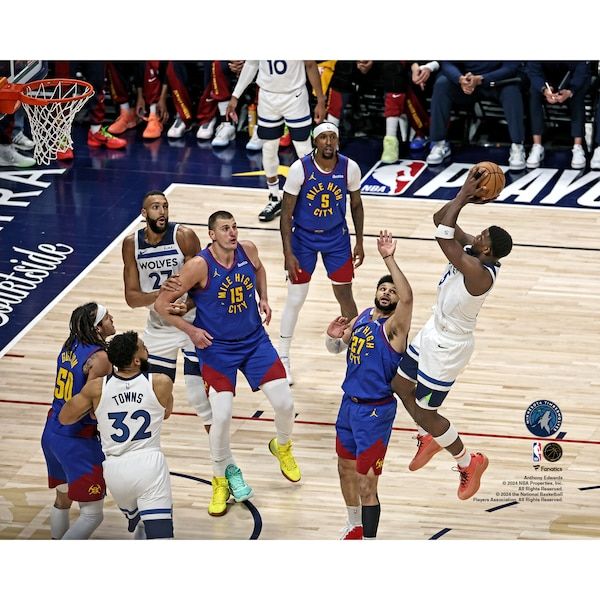
Late-Game Rebounding
In close games, securing rebounds becomes even more critical. Teams may send extra players to the boards or prioritize boxing out over fast break opportunities. Every possession matters, and controlling the glass can be the deciding factor between victory and defeat.
Small Ball vs Traditional Lineups
In modern basketball, many teams use small ball lineups with fewer big men on the court. This approach relies on speed and spacing, but it can leave teams vulnerable on the boards. Coaches must adapt by emphasizing team rebounding, with guards and wings crashing the glass to compensate for the lack of size.
Role of Position in Rebounding
While frontcourt players are traditionally responsible for rebounding, the modern game has expanded this role. Every player on the court has a responsibility to help secure rebounds, and different positions contribute in different ways.
Center and Power Forward Dominance
Centers and power forwards typically lead their teams in rebounds. Positioned closest to the basket, they are often tasked with boxing out the opposing bigs and collecting missed shots. Their size, strength, and reach give them a natural rebounding advantage.
Guards Contributing on Rebounds
Guards who rebound well provide a significant advantage by speeding up transition offense. Players like Russell Westbrook have redefined expectations for rebounding at the guard position, using explosive athleticism and tenacity to impact the game in new ways.
Rebounding in Different Basketball Formats
While the concept of rebounding is consistent across all basketball formats, the way it plays out can vary depending on rules, court size, and number of players. Adapting rebounding techniques to different settings is important for players of all levels.
3×3 Basketball
In the fast-paced format of 3×3 basketball, rebounds are often more chaotic due to the smaller court and fewer players. Players must be quicker and more aggressive, as second chances can instantly lead to points. There is less time and space to box out, making anticipation and hustle even more critical.
Streetball
Streetball, with its informal rules and often non-regulated environments, demands creativity and physicality when rebounding. Without strict fouls or structure, players often rely on raw instincts and toughness to win rebounding battles. Controlling the rebound often determines who controls the game flow.
Youth Leagues
In youth basketball, rebounding is typically taught with a strong focus on fundamentals. Coaches emphasize positioning and boxing out over athleticism, as younger players are still developing strength and coordination. It’s the ideal stage to instill proper habits that form the foundation for future growth.
How to Track and Improve Your Rebounding Performance
Whether you’re a player or a coach, tracking progress is key to improving rebounding effectiveness. Leveraging data, technology, and feedback allows for more targeted development.
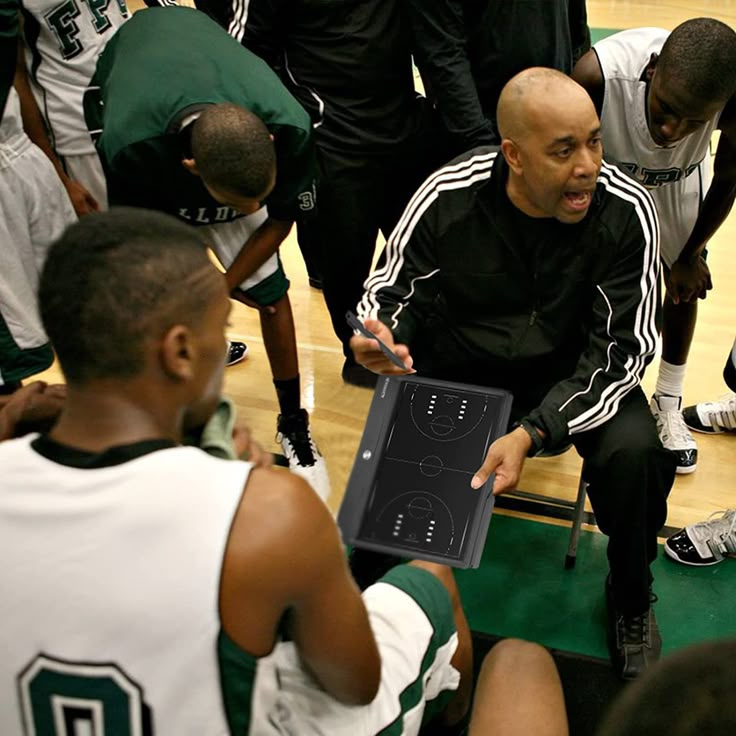
Tools, Apps, and Coaching
Apps like Hudl and HomeCourt allow players to track rebounds, measure vertical jumps, and analyze positioning. Coaches often use video breakdowns to highlight missed opportunities and reinforce good habits. Consistent review helps identify strengths and areas for improvement.
Video Analysis and Feedback
Reviewing game footage helps players understand their timing, positioning, and decision-making during rebounding situations. Feedback from coaches based on video analysis is one of the most effective ways to improve. It helps visualize mistakes and apply corrections in real-time practice.
Final Thoughts on the Role of Rebounding in Basketball
Rebounding is far more than a stat—it’s a reflection of effort, anticipation, and desire. Whether offensive or defensive, securing the ball after a missed shot can change the rhythm of a game and boost team morale. From legendary pros to young players learning the game, mastering rebounding is essential to basketball success. As the game continues to evolve, rebounding remains a timeless skill that separates good players from great ones.

